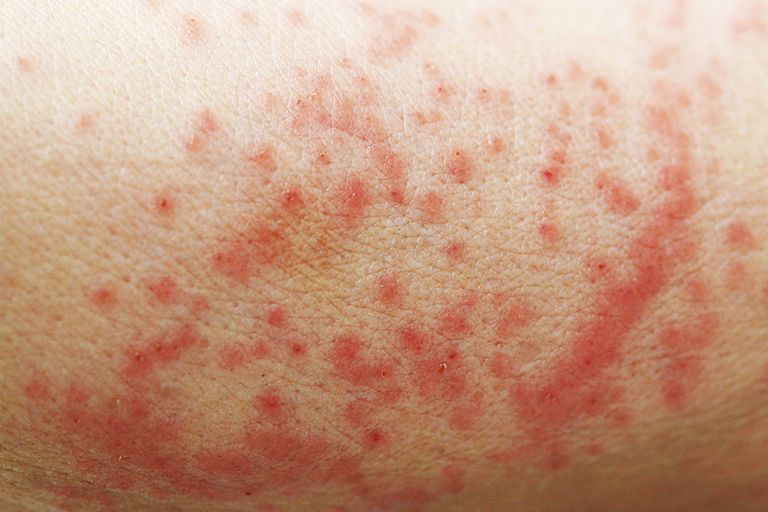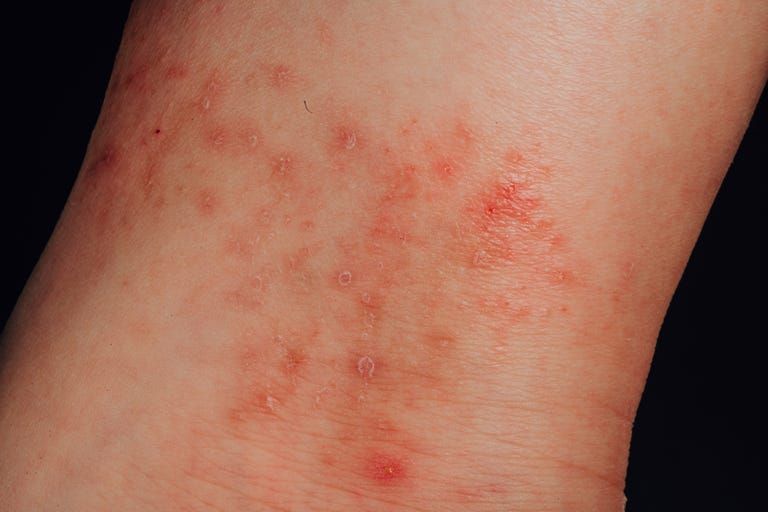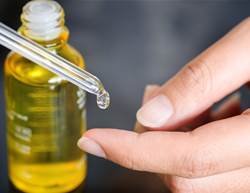There are few worse feelings than an itch you can’t scratch—especially when it’s unexplained and in an inconvenient place like your armpit. But alas, it happens—and there are various reasons why, ranging from a pesky contact rash to cancer. Here are some of the most common causes of itchy armpits, and when to see a doctor about them.
Why do armpits itch?
The combined area that is the armpit and axilla (the space below the under arm) is one of the body’s highest erogenous zones, meaning it’s full of nerve endings, explains dermatologist Dr Ava Shamban. “So even a minor disruption to the skin will be seen, felt, and noticed,” she adds.
Dr Shamban says that in most cases, irritation is caused by a new deodorant or washing powder. On rare occasions, though, a more serious issue like cancer is at play.
Itchy armpits and cancer
Armpit itchiness can be a symptom of both inflammatory breast cancer (IBC) and lymphoma. But don’t freak out the next time your skin crawls—other symptoms should also be present for the itch to indicate cancer.
Inflammatory Breast Cancer
In cases of IBC, the armpit and breast experience itchiness, not just the armpit, explains Dr Naoto Ueno. He adds that the sensation is usually accompanied by a rash and swelling or warming of the breast, and can sometimes be misdiagnosed as mastitis. If antibiotics don’t clear things up, he says testing for IBC is warranted.
Lymphoma
There are over 70 types of lymphoma, and itching can sometimes be a symptom, says Dr Sairah Ahmed. In cutaneous lymphoma, a lymphoma of the skin, the itching can be caused by a rash, she explains, but in other types, chemicals known as cytokines are released by the body as an autoimmune response and can irritate nerve endings, causing persistent itching.
Other symptoms of lymphoma to be aware of, according to Dr Ahmed, include:
- Lymph node swelling, particularly in the neck, armpits, stomach, or groin
- Low or high grade fever without evidence of infection
- Severe night sweats
- Unexplained weight loss
Other common itchy armpit causes
More likely than not, when you’re hit with a random, overwhelming itch, it can be attributed to one of these conditions.
Contact dermatitis: The most common cause of itchy armpits, per Dr Shamban, this happens when something touches your skin (i.e. a deodorant, fragrance, or detergent) and causes irritation. It will often result in redness, itching, and burning. And because the underarm is prone to chafing, the rash can easily be exacerbated and spread.

Atopic dermatitis: This is the most common type of eczema and is often hereditary—it can happen as a response to an overactive immune system. Dr Shamban adds that it can be worsened by stress and hormones. Often diagnosed during childhood, breakouts of scaly, itchy red patches can come and go for years.

Heat rash: When sweat ducts don’t have the opportunity to “breathe” (which often happens in warm environments), they trap perspiration beneath the skin and can create lumps, bumps, and blisters, Dr Shamban explains. If the rash becomes infected, “you may notice groups of more uniform small bumps and pustules,” she adds, and it may begin to spread.
Intertrigo: Caused by friction between folds of touching skin, intertrigo is agitated by repeated rubbing, heat, and moisture, explains Dr Anar Mikailov, dermatologist. As a result, the skin becomes red, itchy, and sometimes infected.
Fungal or bacterial infection: The armpit’s naturally dark, damp environment encourages overgrowth of normal skin flora, creating an ideal setting for infectious yeasts to grow and, yes, cause an aggravating itch, says Dr Shamban. It often presents in the form of a bright red rash with acne-like bumps. “Those who have hyperhidrosis or excessive sweating are more likely to experience this,” she adds.
Ingrown hairs: Usually centralised to the hair follicle, ingrown hairs happen “when the tip of a hair grows sideways or curls back into the follicle, never breaking through the opening,” explains Shamban. They can arise in various sized lesions that are itchy, red, inflamed, and often painful.
How to prevent and treat itchy armpits
Dampness and poor hygiene are the common denominators here, making prevention and treatment (in most cases) pretty simple: Keep your underarms clean and dry. Dr Shamban recommends using non-talc powder, antiperspirant (applied morning and night), or even prescription underarm products if needed. You can also use an exfoliating toner to keep bacteria at bay, and if further intervention is necessary, Shamban recommends talking to your dermatologist about Botox injections or other treatments, which decrease sweat production.
For eczema or atopic dermatitis, Dr Shamban suggests using non-comedogenic, calming moisturisers, along with low-strength cortisone creams for flare-ups. Infections may call for topical antibiotics or anti-yeast creams, but should be examined by a dermatologist.
When to see a doctor
If your underarm skin begins oozing, cracking, or thickening, Dr Shamban says it’s a good idea to see your doctor. Intense pain, persistent redness, or strange colour changes are also warning signs of a larger problem.





.png&h=193&w=250&c=1&s=1)
.png&h=193&w=250&c=1&s=1)


